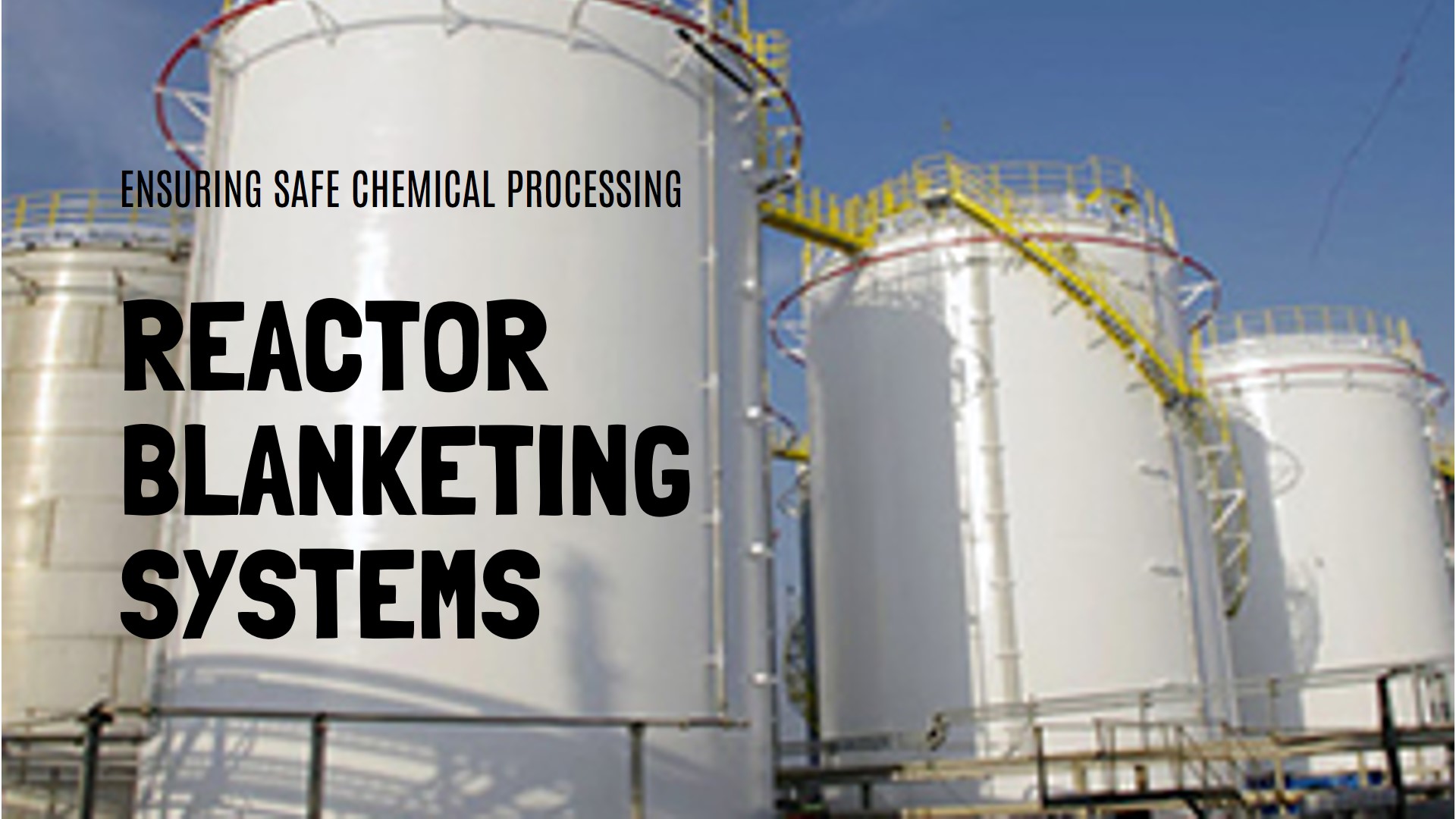
-
August 16, 2024
- 0 Comment
The Essential Role of Reactor Blanketing Systems in Chemical Processing
The Reactor Blanketing System is a cornerstone in the chemical processing industry, revolutionizing safety and efficiency. This system involves introducing inert gases, such as nitrogen or argon, into reactor vessels to create a protective “blanket” above the liquid, preventing undesired reactions and enhancing overall process control.
At its core, the Reactor Blanketing System comprises essential components. The inert gas supply, often nitrogen or argon, is selected for its non-reactive nature, ensuring it does not interfere with the chemical reactions occurring in the reactor. A precision pressure control system, incorporating regulators and sensors, maintains optimal pressure within the reactor. The blanketing valve serves as the entry point for the inert gas, strategically controlling its flow into the reactor vessel. Monitoring and control panels, equipped with sensors, actuators, and programmable logic controllers, continuously oversee and adjust system parameters, ensuring a delicate balance.
“In addition, ignition sources are frequently present. To avoid fires and explosions in centrifuges, inert gas (Nitrogen) purging is commonly applied before operation begins, and inert gas blanketing is done during operation, to lower the oxygen concentration below the limiting oxygen concentration of the flammable liquid.”
The advantages of Reactor Blanketing Systems are multifaceted
- Firstly, they prevent undesired reactions, such as oxidation or contamination, safeguarding product quality and consistency.
- Secondly, these systems significantly enhance safety by minimizing the risk of flammable gas mixtures and maintaining a controlled environment within the reactor. This, in turn, optimizes product yield and minimizes losses due to unwanted reactions.
Moreover, Reactor Blanketing Systems align with environmental responsibility. By creating a controlled atmosphere within the reactor, these systems contribute to environmental compliance by reducing emissions and preventing the release of harmful by-products into the atmosphere. As sustainability becomes a key focus in manufacturing, Reactor Blanketing Systems play a pivotal role in promoting responsible practices.
In conclusion, the Reactor Blanketing System emerges as a transformative force in chemical processing, offering a balance between safety, efficiency, and environmental responsibility. By preventing undesired reactions, optimizing yields, and adhering to stringent safety and environmental standards, these systems epitomize the evolution towards a more sustainable and precise future in the chemical manufacturing landscape.
